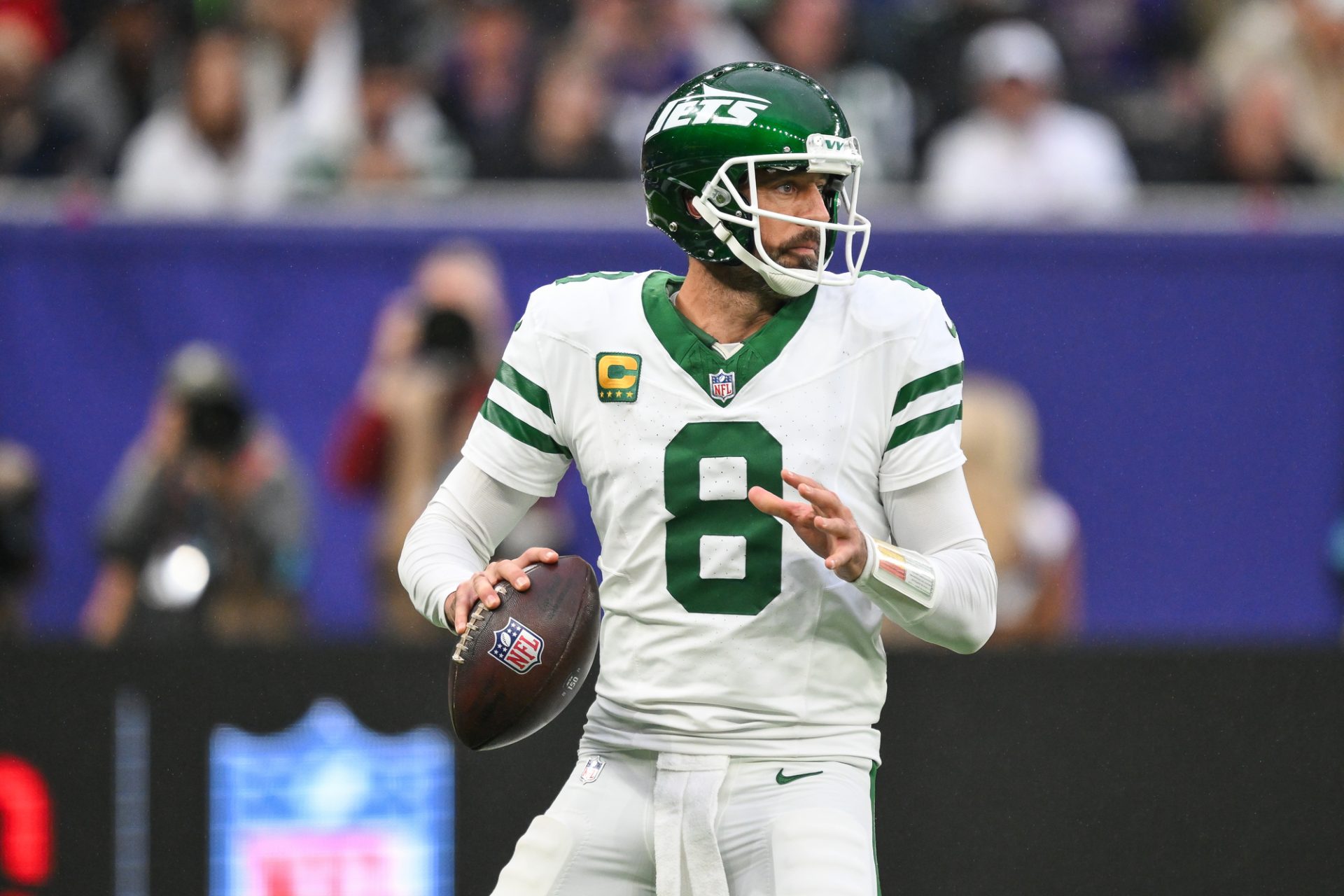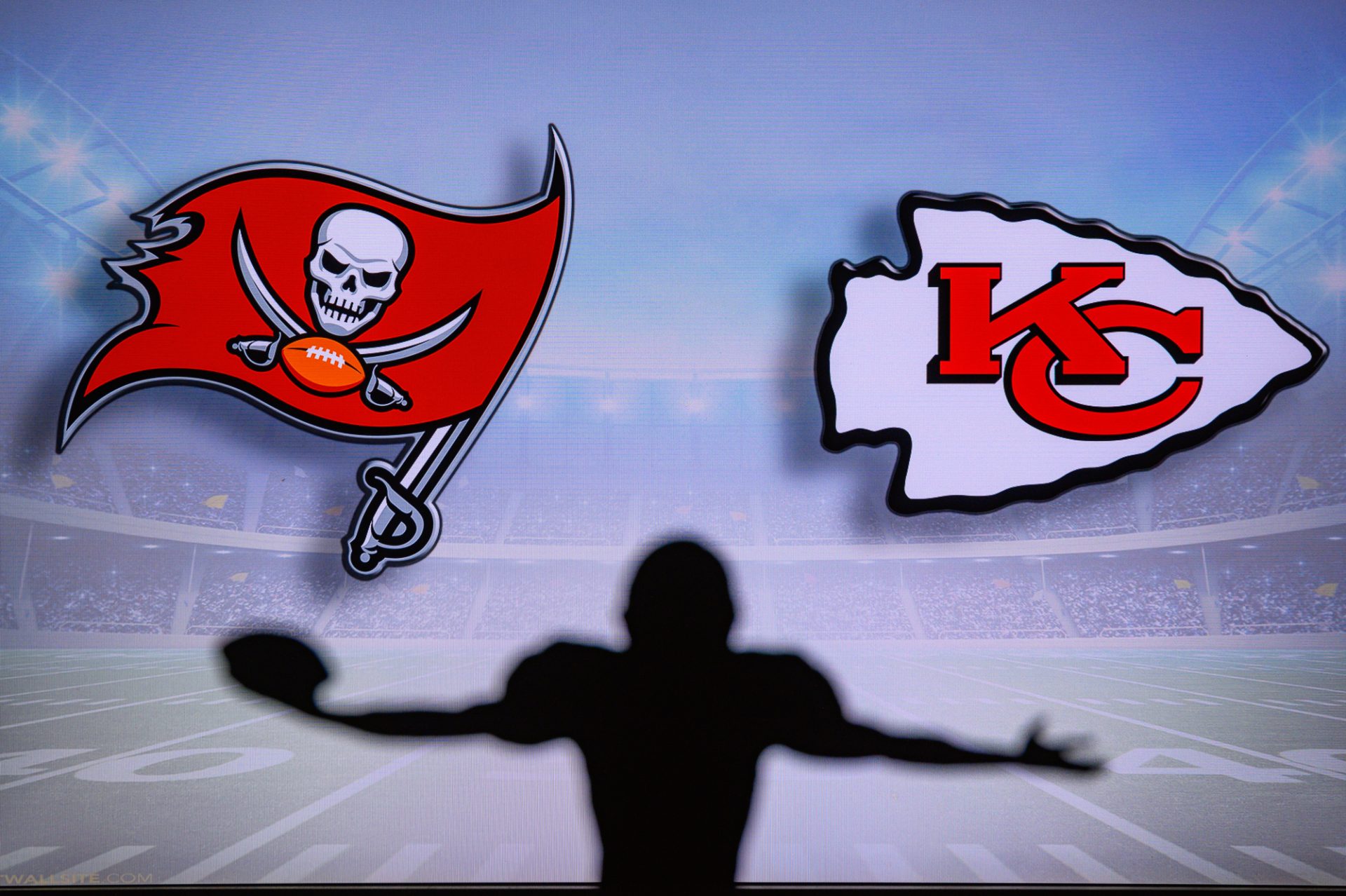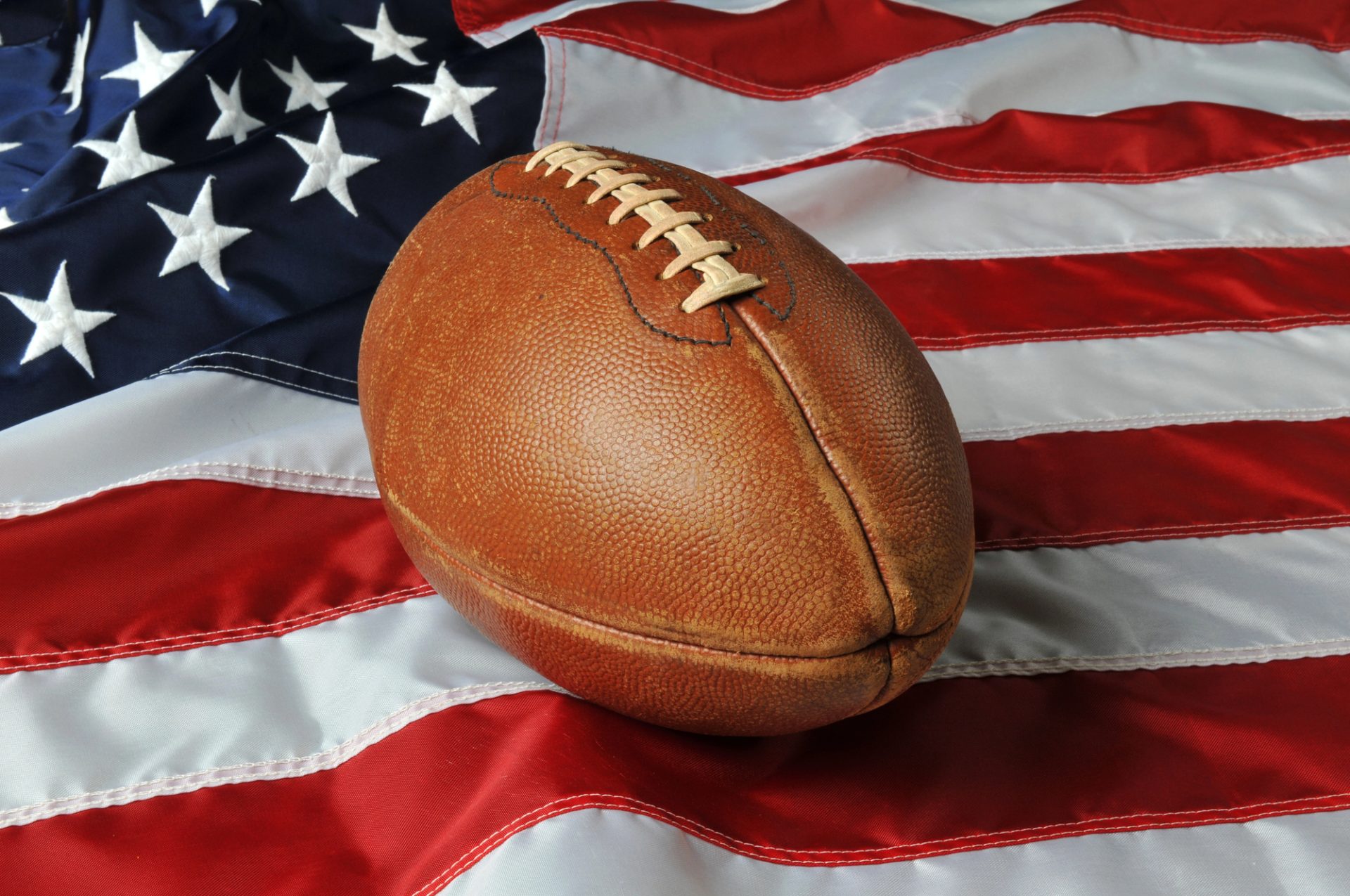How Technology is Changing the NFL: From Virtual Reality to Advanced Stats


Table of Contents
Technology is reshaping the National Football League (NFL) in profound ways. From the sidelines to the broadcast booth, innovative tools are enhancing performance, strategy, and fan engagement. AI-powered systems are now integral to NFL game planning, with teams like the Philadelphia Eagles and San Francisco 49ers leveraging artificial intelligence to analyze vast amounts of data.
Virtual reality (VR) is transforming player training, allowing quarterbacks to practice reads and defensive players to study formations without physical strain. On the field, advanced tracking systems capture precise player movements and ball trajectories, generating a wealth of new statistics. These metrics offer coaches, analysts, and fans deeper insights into the game.
The NFL’s commitment to technological innovation extends beyond the field. The league has established a Technology Innovation Hub to explore cutting-edge solutions for business operations and fan experiences. As technology continues to advance, it promises to bring NFL fans closer to the action than ever before.
Innovations in Player Tracking and Metrics
The NFL has embraced cutting-edge technologies to track player movements and gather performance data. These advancements provide teams, broadcasters, and fans with detailed insights into the game.
RFID Technology and Zebra Technologies
RFID chips embedded in player equipment and footballs form the backbone of the NFL’s tracking system. Zebra Technologies, the league’s official on-field player-tracking provider, installs RFID readers in all NFL stadiums. These readers capture data from the chips 10 times per second, recording player location, speed, acceleration, and direction.
The system tracks over 200 data points per play, offering teams and analysts a wealth of information. This technology has revolutionized how teams evaluate player performance and strategize for games.
GPS and Next Gen Stats
Next Gen Stats, powered by Amazon Web Services (AWS), utilizes the data collected through RFID technology to generate advanced metrics. These stats go beyond traditional box scores, providing insights into player speed, efficiency, and probability of success for various plays.
GPS data allows teams to monitor player workload during practices and games. This information helps prevent injuries and optimize training regimens. Fans benefit from Next Gen Stats through enhanced broadcast graphics and online content, bringing a new dimension to the viewing experience.
Data Analytics in Player Performance
The vast amount of data collected through player tracking has given rise to sophisticated analytics in the NFL. Teams employ data scientists to interpret this information and gain competitive advantages.
Analytics help in evaluating draft prospects, assessing player value, and making in-game decisions. For example, teams can now quantify a receiver’s ability to create separation or a linebacker’s effectiveness in pass coverage.
This data-driven approach has influenced coaching strategies and player development. It allows for more personalized training programs and helps identify areas where players can improve their performance on the field.
Enhancing Viewer Engagement Through Advanced Technologies
The NFL leverages cutting-edge technologies to enhance fan engagement. These innovations create immersive experiences and provide deeper insights into the game.
Virtual Reality Experiences
Virtual reality (VR) technology revolutionizes NFL fan engagement by offering a 360-degree virtual environment. Fans can now experience games from multiple angles, including on-field perspectives previously reserved for players and officials.
VR applications allow users to:
- Watch live games in virtual stadiums
- Access exclusive behind-the-scenes content
- Participate in virtual training sessions with players
This technology bridges the gap between at-home viewing and in-stadium experiences. It provides an interactive platform for fans to connect with their favorite teams and players in ways never before possible.
Augmented Reality and Broadcasting
Augmented reality (AR) enhances the NFL viewing experience by overlaying digital information onto real-world broadcasts. This technology allows viewers to access live stats, player information, and tactical analysis during games.
AR features in NFL broadcasts include:
- Player stat overlays
- Virtual first down lines
- Instant replay enhancements
These AR elements add depth to game coverage and help viewers better understand complex plays and strategies. The technology also opens new avenues for advertising and sponsorship integration, creating additional value for the league and its partners.
Impact on Teams and Business Development
Technology is reshaping how NFL teams operate and develop their businesses. Advanced analytics and wearable devices are providing unprecedented insights into player performance and game strategy.
Strategic Decisions Supported by Machine Learning
NFL teams now use machine learning and data analytics to inform crucial decisions. AI algorithms analyze vast amounts of data to predict player performance, assess injury risks, and optimize game strategies.
Teams employ these tools for draft selections, player acquisitions, and in-game tactical choices. The technology helps identify undervalued players and spot trends that human analysts might miss.
Machine learning models also assist in salary cap management and contract negotiations. By projecting future player performance, teams can make more informed long-term financial commitments.
Wearable Devices and Game Analysis
Wearable technology has become integral to NFL game analysis. Microchips in players’ shoulder pads and footballs capture real-time data on speed, distance, and acceleration.
This information allows coaches to assess player fatigue, adjust training regimens, and make tactical substitutions during games. Teams can identify which players perform best in specific situations or formations.
The data from wearables also enhances broadcast experiences for fans. Television networks use this information to display advanced statistics and create engaging graphics.
NFL teams are exploring virtual reality for training purposes. This technology allows players to practice and review plays without physical wear and tear.
Revolutionizing the Fan Experience and Player Engagement
Technology is transforming how NFL fans interact with the game and how players prepare for competition. Virtual reality (VR) and augmented reality (AR) are redefining the stadium experience, offering new ways for fans to engage with their favorite teams and players.
VR allows fans to feel like they’re on the field, providing immersive views of plays and player perspectives. AR enhances in-stadium experiences by overlaying real-time stats and player information onto the live action.
For players, advanced analytics powered by artificial intelligence are changing how they train and strategize. The New England Patriots, known for their technological edge, use data to optimize player performance and game plans.
AI technologies are personalizing viewing experiences for fans at home. Smart algorithms suggest content based on individual preferences, creating a tailored NFL experience for each viewer.
Player tracking systems like LPS (Local Positioning System) provide precise data on player movements and performance. This technology helps coaches make informed decisions and gives fans deeper insights into the game.
NFL teams are leveraging these tools to improve accuracy in play-calling and player development. Quarterbacks like Tom Brady have used advanced stats to refine their throwing techniques and decision-making processes.
The integration of technology in the NFL is creating a more engaging and data-driven experience for both fans and players, pushing the boundaries of what’s possible in professional football.
Image courtesy Deposit Photos.





